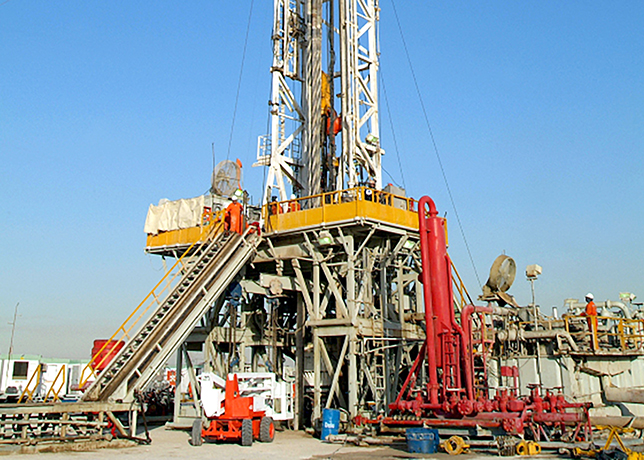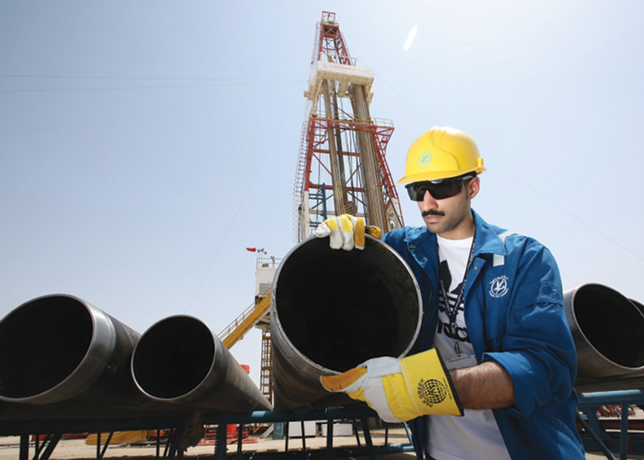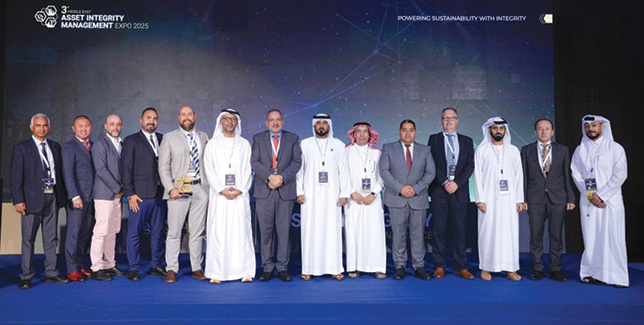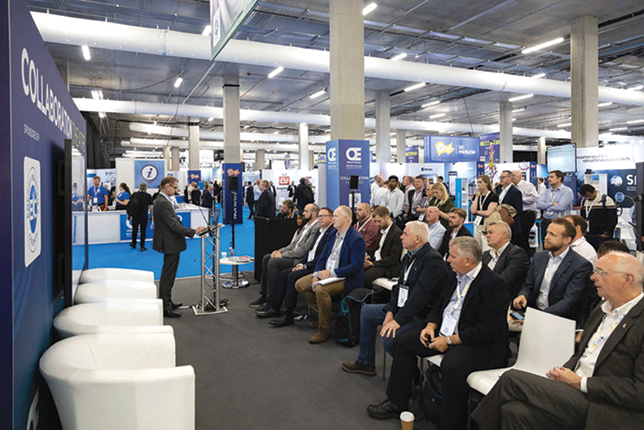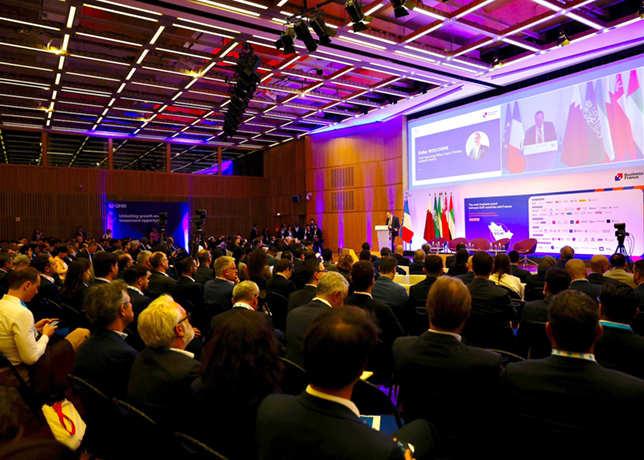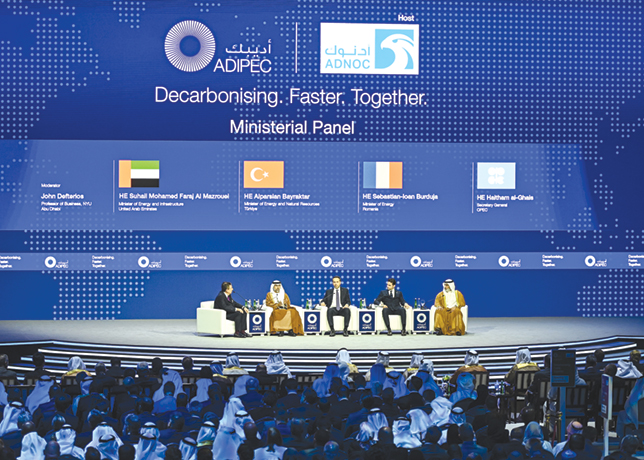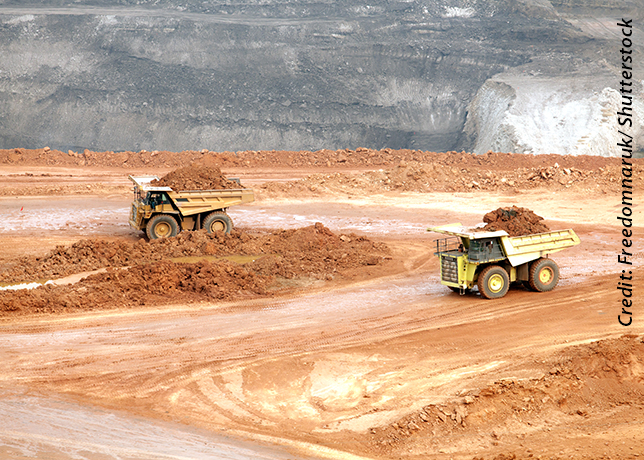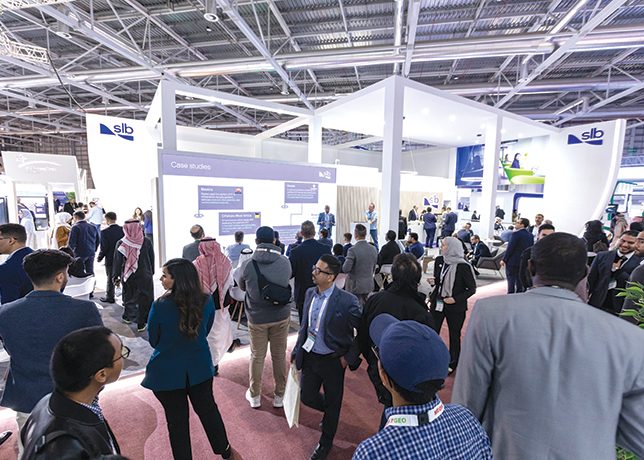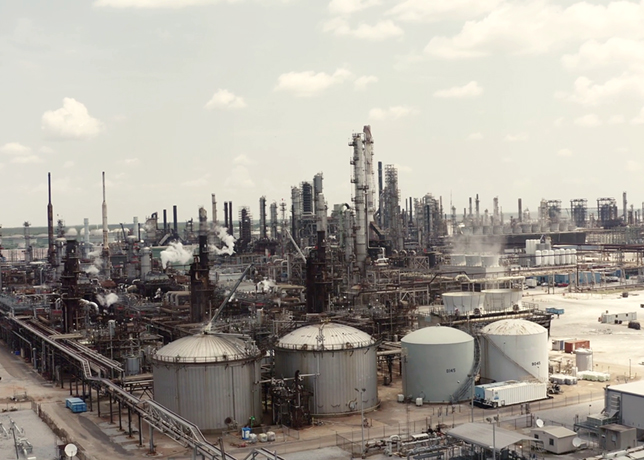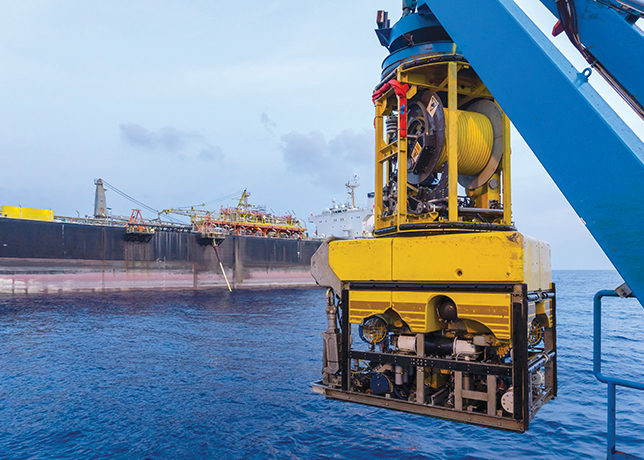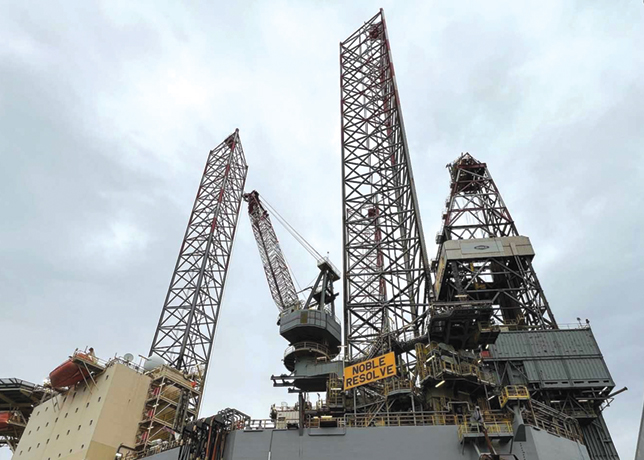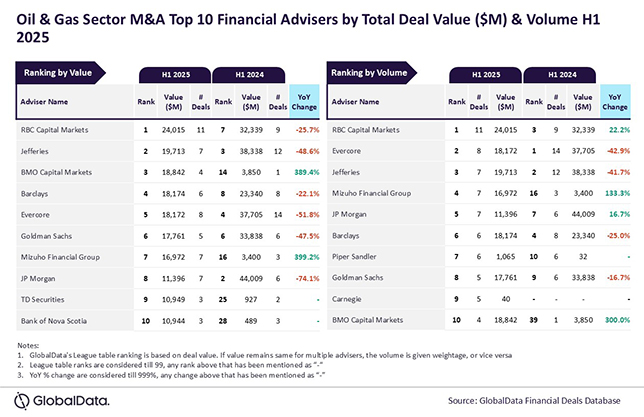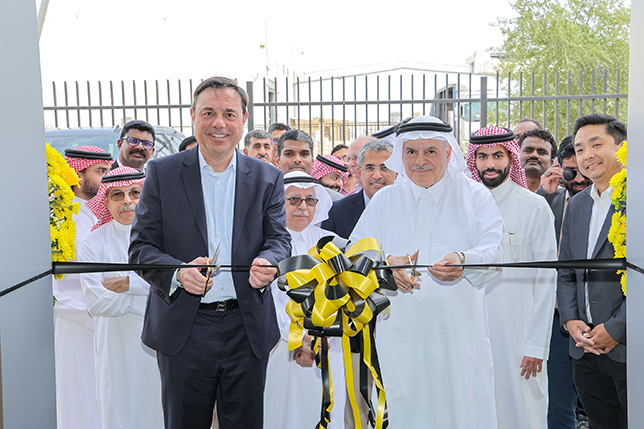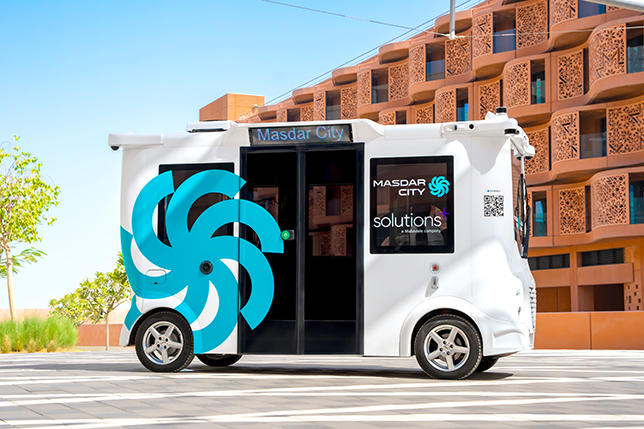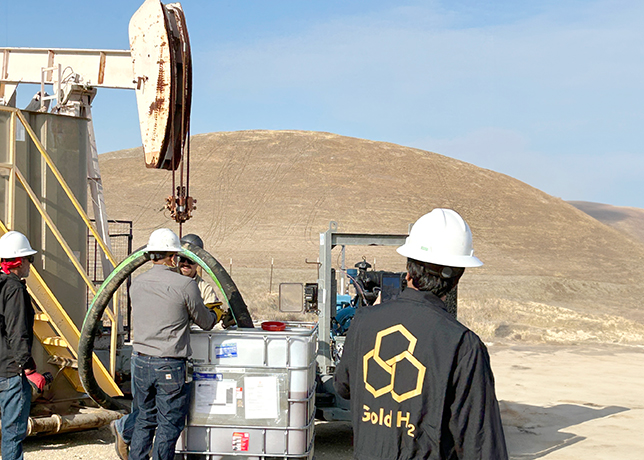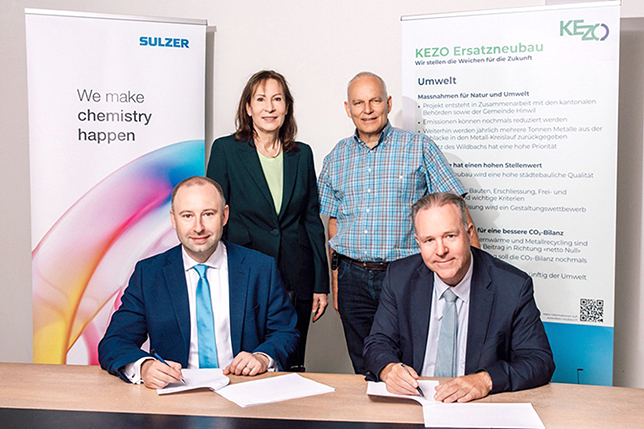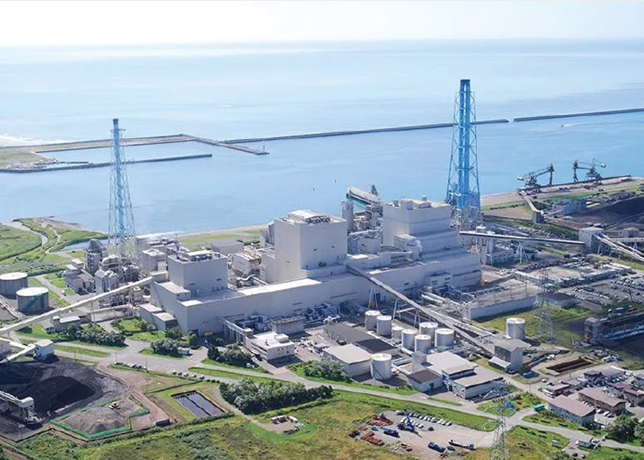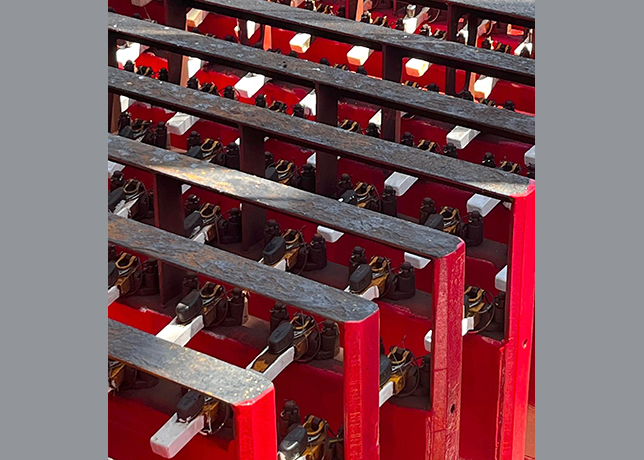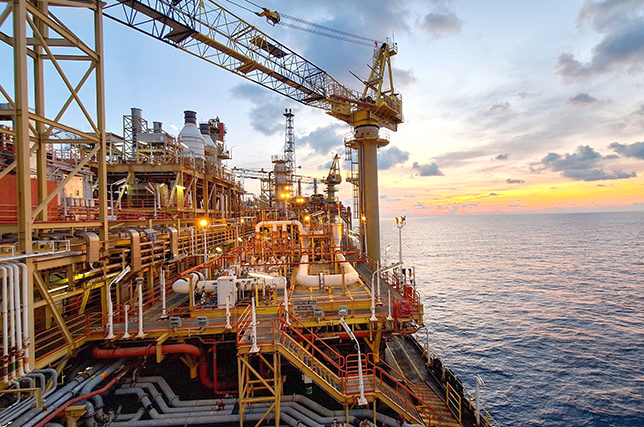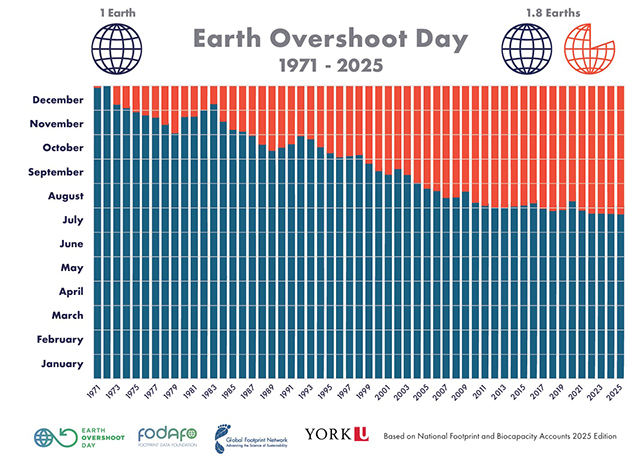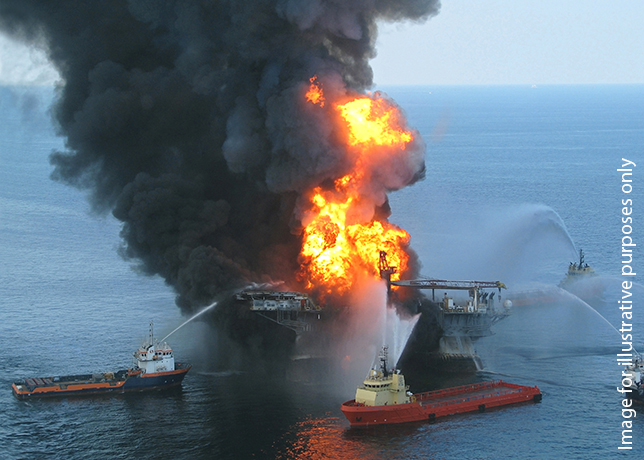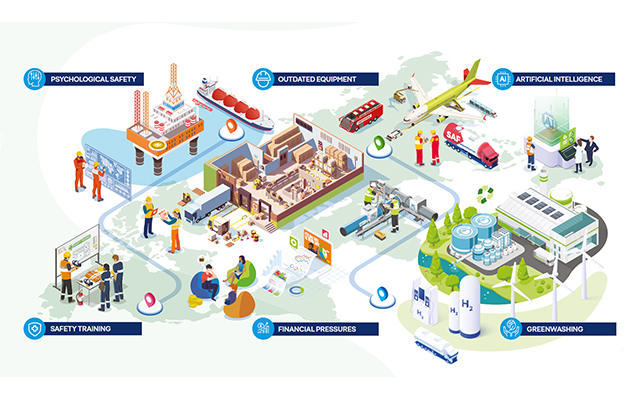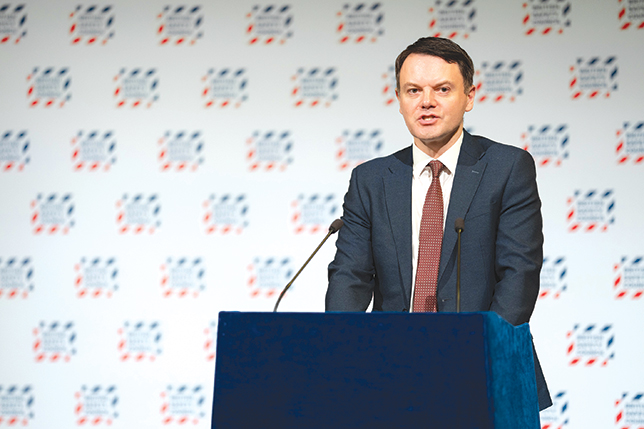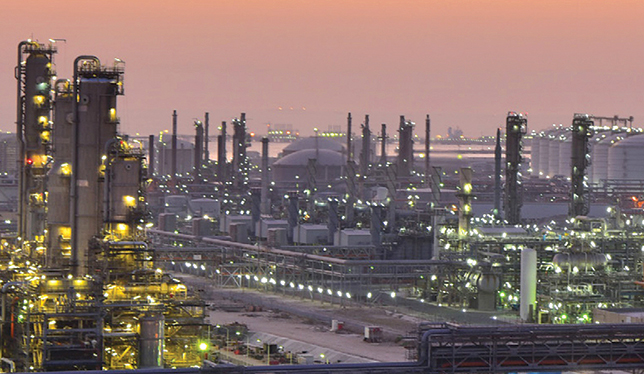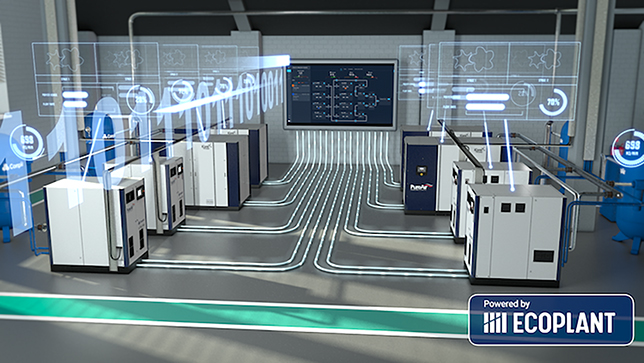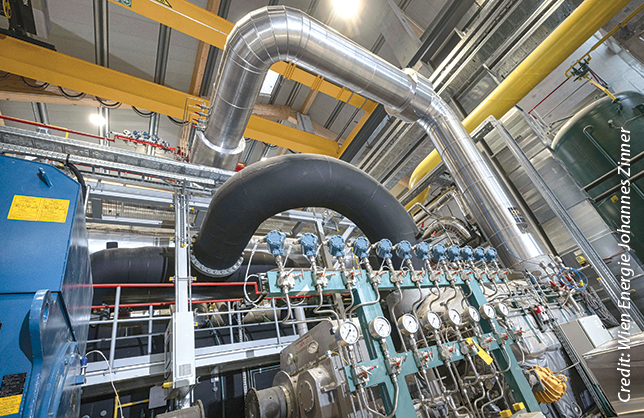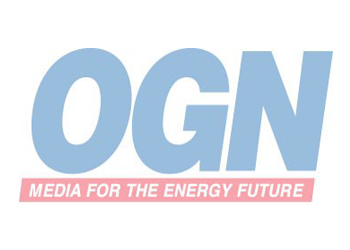
 OCC has made forays into the Qatar market
OCC has made forays into the Qatar market
Oman Cement Company (OCC) was established in 1978 as part of the renaissance initiated by Sultan Qaboos bin Said.
The existing plant located in Oman's capital Muscat came onstream in 1983.
This plant, with a clinkering capacity of 600,000 tonnes per annum (TPA), was supplied, erected and commissioned by Krupp Polysius AG.
Its strategic location enables it to cater to the demand for cement in the northern and central regions of the country.
Subsequently, due to increased regional demand for cement, the plant's clinker capacity was expanded to 1.2 million TPA.
The contract to increase the clinker capacity was awarded to M/s IHI, Japan supervised by M/s Basse Sambre ERI of Belgium.
Also, a captive gas fired Power Plant of 30 MW supplied by BHEL India was installed to more than cover the necessary power requirement of the expanded capacity.
From the above it is apparent that the expansion was justified in meeting the challenge of increasing share in the local market against intense competition from both local and foreign producers.
OCC had been forced to establish "export" markets in order to operate at full capacity and reap the economic benefits of higher volumes.
The major export markets where the brand has been established are the UAE, Yemen, Eritrea, Zanzibar, Somalia, Djibouti, Sudan, Libya, Qatar, Kuwait, Syria and Pakistan.
The fact that OCC has been successful in beating competition from much larger regional producers and tackling "dumping" of cement in local market without any government support is clear indication that the company is geared to meet the challenges in cement marketing.
The continuity of profitable operations after expansion has been achieved through a combination of production efficiency, quality control, pricing strategy and customer support.
The sales revenue of the company increased from $56.7 million in 1999 to $69 million in 2003.
Current Operations
OCC is accredited with ISO 9001-2000 and ISO-14000-96 quality certifications. OCC uses raw materials such as limestone and silica bearing material called Quartzophilyde (QPH), bauxite and iron ore in the production of cement. Limestone and silica represent 98 per cent of the raw material, which is available in abundance in the plant's vicinity.
As per current estimates limestone reserves are 300 million tonnes. OCC's manufacturing process is computerised. Its own central laboratory consisting of robotics, X-ray spectrometers, laser particle size analyzer and computerised physical properties testing equipment supports OCC's quality control.
Currently OCC's product range includes:
Ordinary Portland Cement (OPC) is manufactured in accordance with Omani Standard Specification OS7: 2001; British Standard EN 197:2000 CEM 1 Class 42.5N: American Standard ASTM C 150-99a Type I.
Sulphate Resistant Cement (SRC) conforming to British Standard BS 4027: 1996 Class 42.5(LA): American Standard ASTM C 150-99a Type V.
Oil Well Cement (OWC) conforming to American Petroleum Institute (API) Specification 10-A Class G (HSR) & Class A (O).
OWC was introduced in 2001. It is special cement used by crude oil producers to cement oil wells.
In a short span of time OCC has established this product in Oman, the UAE, Qatar, Saudi Arabia, Yemen, Pakistan, Libya, Sudan and Turkmenistan.
Future Outlook
There has been a spurt in the demand for cement in the region due to the buoyant economic conditions mainly spurred by the rising oil revenues.
There is feverish activity to build 'infrastructure" of the economy to not only improve the quality of life of the rapidly growing population but also to build the foundations to increase non-oil revenues.
For example, nearly $22-30 billion of project investment in the next five years in Oman and the neighbouring UAE (two contiguous economies) in Roads, Power, Water Desalination, Fertiliser, Petrochemicals and Tourism will result in 4/5 million tpa shortage of cement in the region.
Already this "shortage" has leaded to long waiting lines of trucks outside all cement plants of the region.
The present situation prompted OCC to announce a further expansion of 1.5 million TPA in clinker capacity resulting in a total cement capacity of three million TPA cement capacity.
This expanded capacity would help in achieving high local market share and to target export markets for both grey Portland cement and the specialised oil-well cement.
OCC is planning to bring the additional capacity onstream in 2007.
OCC has given a contract to L&T India, to install one million TPA Grinding Mill. Currently M/s HOLTEC India, who are the consultants for the expansion are in dialogue with three prospective bidders for clinker production line of 5,000 tonnes per day, Cement/Clinker storage and Packing facilities.


